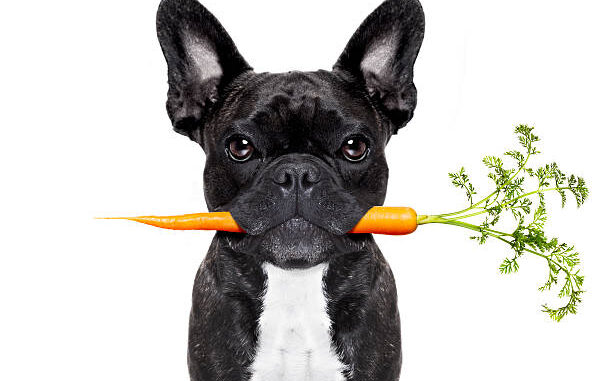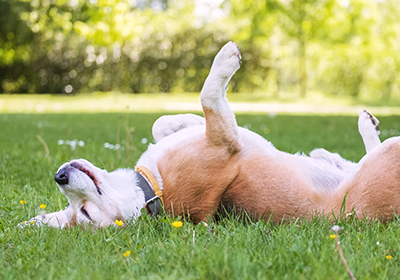
Safety measures for pets:
Ensuring the safety of our beloved pets is a responsibility every pet owner should prioritize. Whether you have a cat, dog, bird, or any other furry, feathered, or scaly friend, there are essential safety measures to consider. This article will discuss key safety precautions to protect your pets from various dangers.
Secure Your Home
Start by pet-proofing your home. Remove toxic plants, chemicals, and small objects that pets might ingest. Keep trash cans secured to prevent pets from digging through and ingesting harmful substances.
Fencing and Enclosures
If you have a yard, ensure it is securely fenced to prevent your pets from wandering off or encountering dangerous wildlife. For smaller pets like rabbits or guinea pigs, provide secure enclosures to protect them from predators.
Identification
Ensure your pet wears proper identification, including a collar with an ID tag and a microchip. This is vital in case they get lost.

Regular Vet Visits
Schedule regular check-ups with your veterinarian to ensure your pet’s health. Vaccinations, flea and tick prevention, and dental care are essential aspects of their well-being.
Nutrition and Hydration
Provide a balanced diet tailored to your pet’s species and age. Always have fresh water available. Avoid feeding them human food that can be toxic, such as chocolate, grapes, and onions.
Exercise and Mental Stimulation
Keep your pet physically and mentally active to prevent boredom and destructive behavior. Dogs need regular walks, cats enjoy interactive toys, and birds need toys to prevent feather plucking.
Safe Travel
Use proper pet carriers or restraints when traveling with your pets. Never leave them unattended in a parked vehicle, as temperatures can rise quickly, leading to heatstroke.
Pet-Proofing Indoors
Ensure electrical cords are out of reach, secure cabinets with toxic substances, and block off access to rooms that could pose a danger to your pets.
Fire and Disaster Preparedness
Have a plan for emergencies like fires or natural disasters. Ensure your pets have a designated escape route and an emergency kit with their essentials.
Socialization and Training
Socialize your pets from a young age to reduce fear and aggression. Proper training is essential for obedience and safety.
Pet-Proof Your Garden
If you have a garden, be cautious of plants that are toxic to pets. Fertilizers and pesticides should be pet-friendly, and access to ponds or pools should be restricted if necessary.
Supervise Playtime
When playing with your pet, always supervise to ensure they don’t swallow or choke on small toys or objects.
Proper Containment
For reptiles or small mammals, ensure their enclosures are escape-proof. Even seemingly docile pets like hamsters or snakes can be surprisingly adept at escaping.
Allergies and Sensitivities
Be aware of any allergies or sensitivities your pet may have. This includes food allergies and environmental sensitivities.
Regular Grooming
Grooming is essential for certain breeds. Regular brushing, nail trimming, and ear cleaning can prevent health issues.
Avoid Harmful Plants
Many common household plants can be toxic to pets. Be aware of which plants are safe and which should be kept out of reach.
Parasite Prevention
Protect your pet from parasites like fleas, ticks, and heartworms through regular prevention methods prescribed by your vet.
In conclusion, pet safety is a multifaceted responsibility that encompasses both the physical and emotional well-being of your furry, feathered, or scaly companions. By following these safety measures and staying informed about the specific needs of your pet’s species, you can create a secure and loving environment that ensures a happy and healthy life for your cherished pets.
Leave a Reply